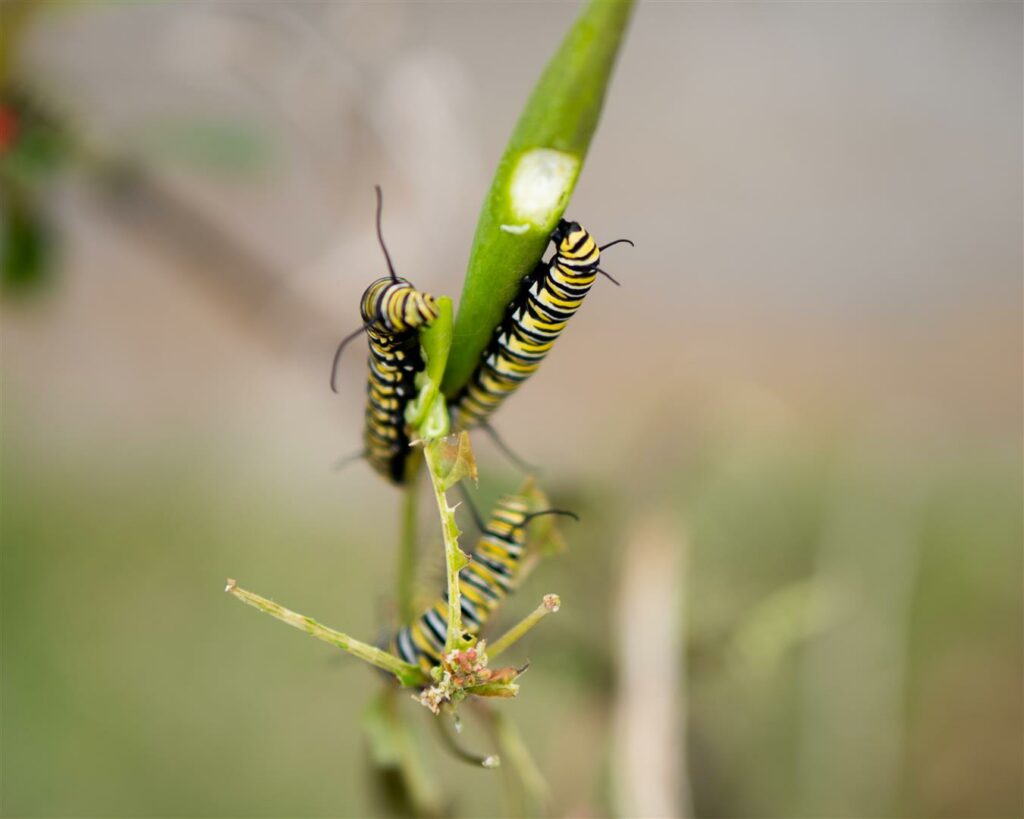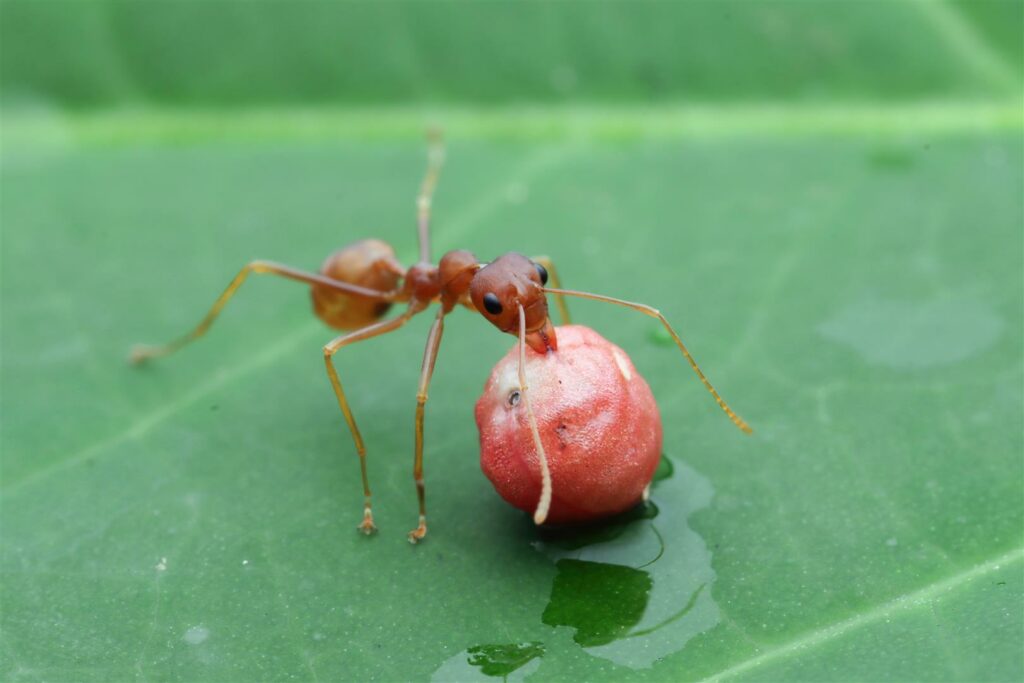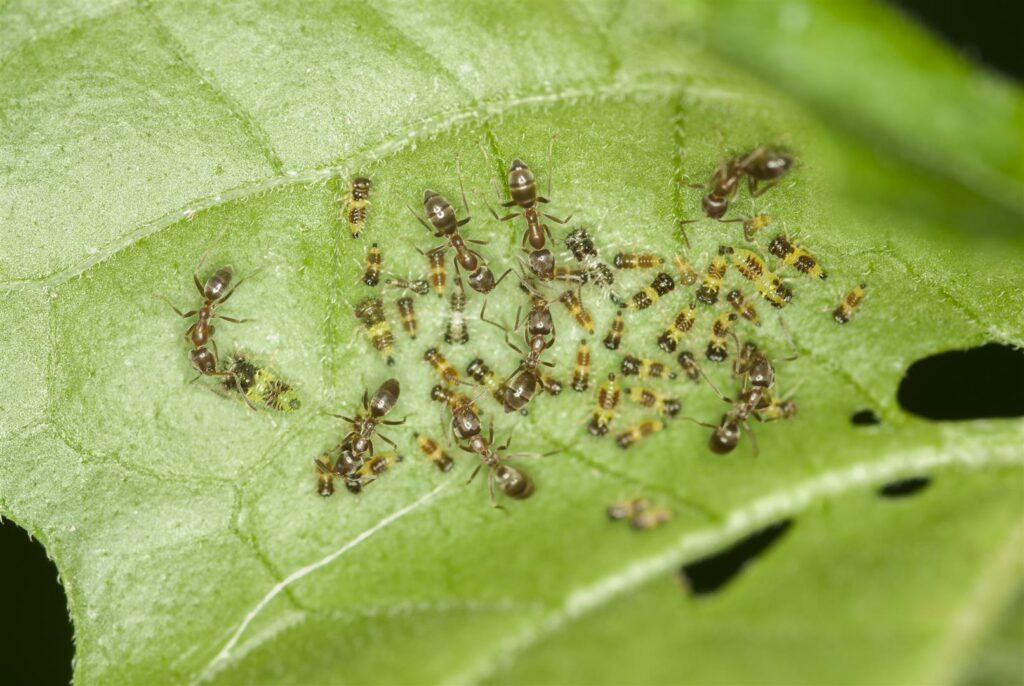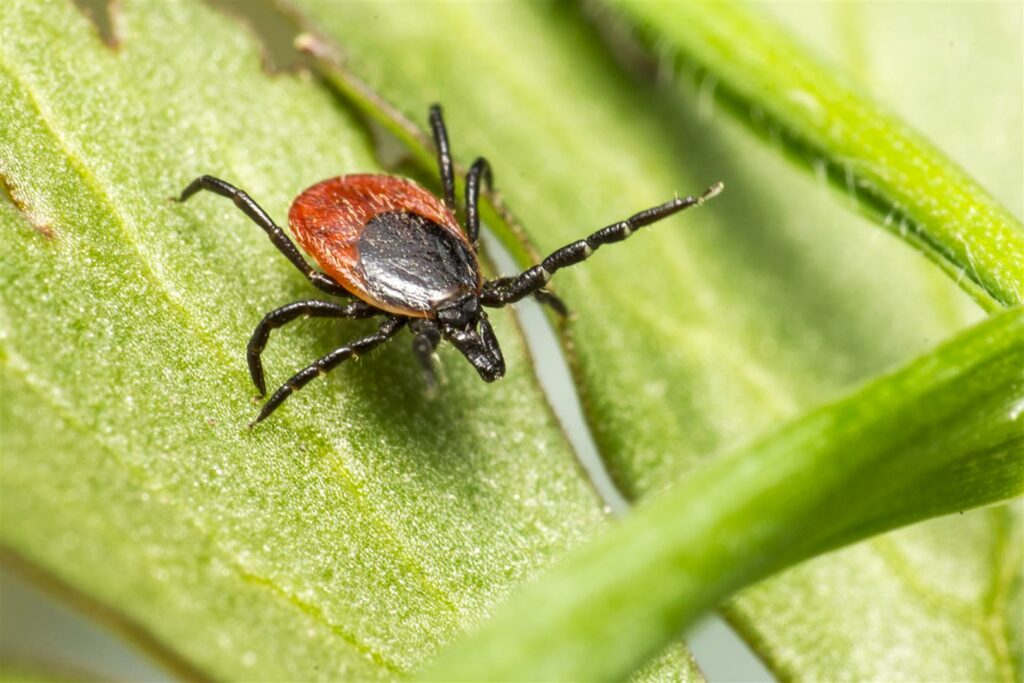Harnessing the power of remote sensing technologies, combined with AI, machine learning, and deep learning techniques, to enable early detection and proactive management of agricultural pests and diseases.
Remote sensing provides a comprehensive view of agricultural fields, capturing data on vegetation indices, temperature variations, and spectral signatures. This data serves as a basis for detecting anomalies and potential pest or disease outbreaks.
AI, machine learning, and deep learning algorithms analyze the remote sensing data, identifying patterns and correlations between environmental factors and pest/disease occurrences. By learning from historical data and continuously updating models, these tools improve accuracy and enable early detection.
The early detection of agricultural pests and diseases allows for timely interventions and targeted control measures. Farmers can implement appropriate pest management strategies, such as precise pesticide application, biological control, or resistant crop varieties, reducing the potential for crop losses and minimizing environmental impact.


Furthermore, these technologies facilitate real-time monitoring and surveillance of agricultural fields, enabling the proactive identification of pest or disease hotspots. This information assists in prioritizing field inspections and allocating resources effectively.
By combining remote sensing, AI, machine learning, and deep learning, the early detection of agricultural pests and diseases becomes more efficient and precise. Farmers and agricultural stakeholders can make data-driven decisions, optimizing crop health, maximizing yields, and minimizing economic losses.
Overall, the integration of remote sensing, AI, machine learning, and deep learning in the early detection of agricultural pests and diseases revolutionizes pest management practices. It empowers farmers with timely information, enabling them to proactively address challenges, adopt sustainable practices, and ensure the health and productivity of their crops.


